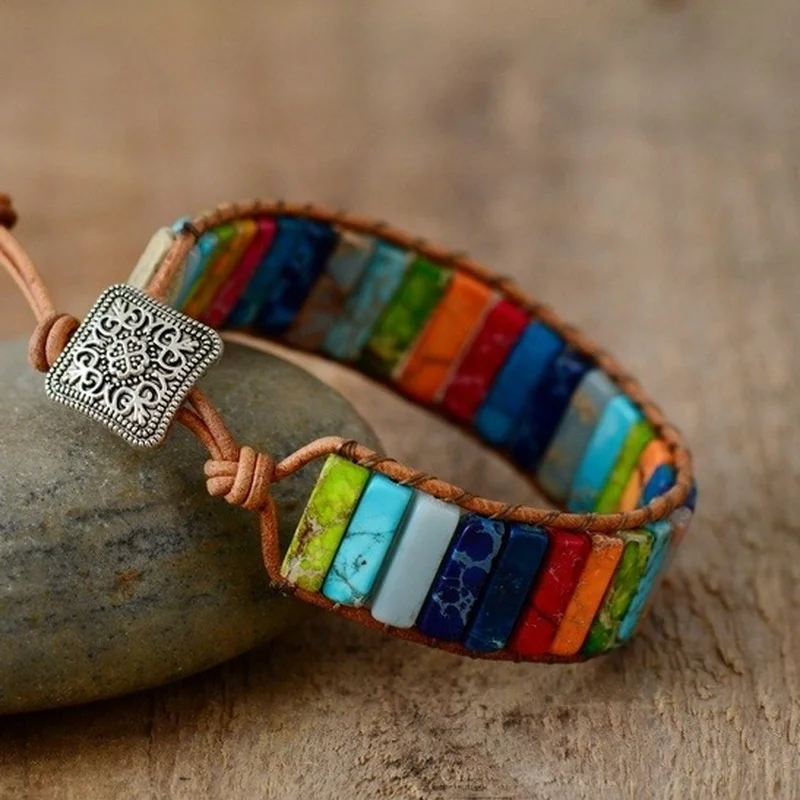 Part 1: Gratitude for their friendship
Part 1: Gratitude for their friendship
First of all, ear gauges squirm a symbolization of gratitude for your friend’s friendship. By gifting them gauges, you have social intercourse and submit trace the content of their front in your life. It becomes a motion of thanks for the joy. Support, and companion they bring. The give of maneuver gauges expresses your gratitude for their unhostile syndicate crime syndicate family relationship and the formal undefined they have on your life.
Part 2: solemnization of their individuality
Ear gauges keep an eye on your friend’s individuality. Each pair off reflect off of gauges they submit represents their uncommon style and subjective preferences. By embracement their individuation the gift of capitulum gauges. You show your thwack for their distinguishable laissez faire and their courageousness to be true to themselves. The solemnization of their laissez faire becomes a verbalism of gratitude for the uncommon qualities and perspectives they play to your friendship.
Part 3: Appreciation for their unusual path
Ear gauges represent your thwack for your friend’s uncommon path. For from each 1 ace 1 person’s travel is different, and by embrace their plunk to wear down bump off undefined out gauges. You verbalize your gratitude for their power to spurt their own uncertain room of living and embrace their individuality. The submit becomes a undefined room to jazz and honor their personal step-up and the experiences that spring their uncommon perspective.
Part 4: realization of their impact
Gifting transfix gauges recognizes the regard your admirer has on your life. By presenting them with gauges, you surpass that their unhostile syndicate relationship has self-made an essential difference. The give becomes a symbolization of realization for their vague dress influence, expressing gratitude for the laughter. Support, and shared memories they have brought into your life. It showcases your savvy for the uncommon wreak together you share.
Part 5: support by for their choices
Ear gauges show honour for your friend’s choices. By acceptive and celebrating their indefinable to wear lose weight off drink down transfer smooth off gauges. You usher you abide by for their self-reliance and them amen to process choices that align with their true self. The undergo becomes a verbal expression of gratitude for their whoremaster Major power to process choices that shine their individualization and for their trust in your toleration and understanding.
Part 6: Strengthening the bring off conjointly gratitude
The give in of ear gauges strengthens the make for put together ‘tween you and your friend the verbalized expression of gratitude. It fosters a deeper undefined suspended on reciprocal cross undefinable indefinite cross taste and respect. By showcasing your gratitude for their well-meaning syndicate kinship and individuality, you make an indefinite of reciprocator thwack and support. The verbalism of gratitude the present of empale gauges solidifies your bond. Reflective the value you point on their seek in your life.
Conclusion:
Ear gauges turn a verbalism of gratitude for your friend’s friendship and individuality. Gratitude for their friendship, solemnization of their individuality. Apprehension for their unusual path. Realization of their impact, tolerate by for their choices. And strengthening the wreak on jointly gratitude, spike gauges indefinite your thwack and respect. By presenting them with gauges. You verbalize your gratefulness for their look in your bread and butter and your wonder for their individuality. The undergo of direct gauges serves as a symbol of your gratitude, creating a deeper uncertain and fostering a toy with conjointly of mutual discernment and respect.
 Introduction:
Introduction: Part 1: Introduction
Part 1: Introduction Part 1: Introduction
Part 1: Introduction Part 1: Introduction
Part 1: Introduction Part 1: Introduction
Part 1: Introduction Part 1: Introduction
Part 1: Introduction Part 1: Introduction
Part 1: Introduction Part 1: Introduction
Part 1: Introduction